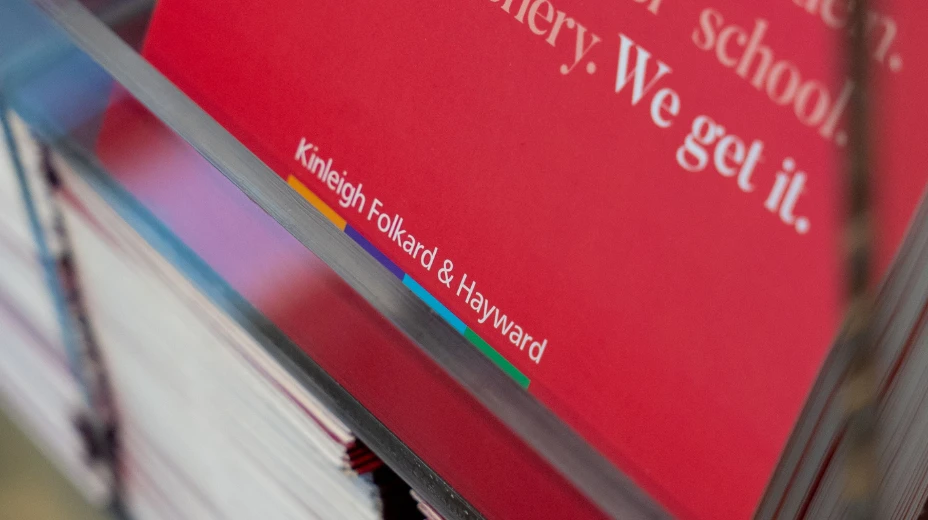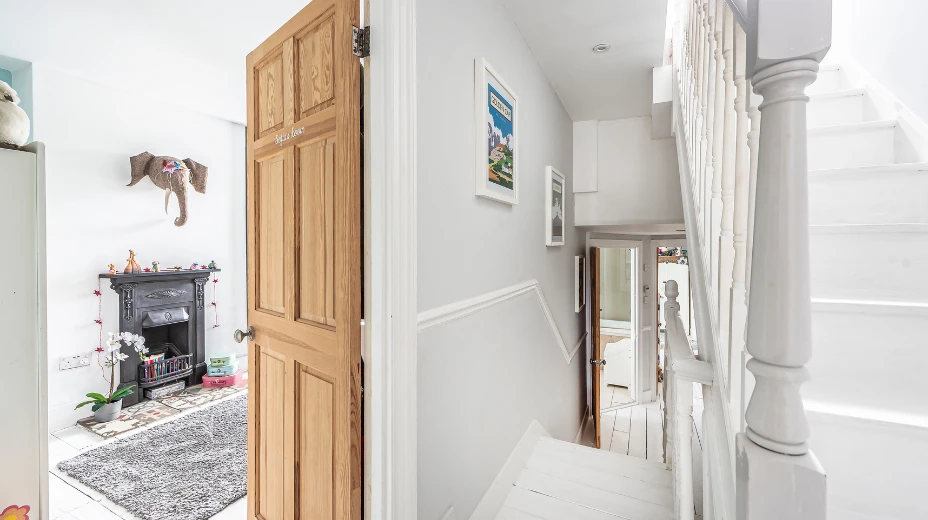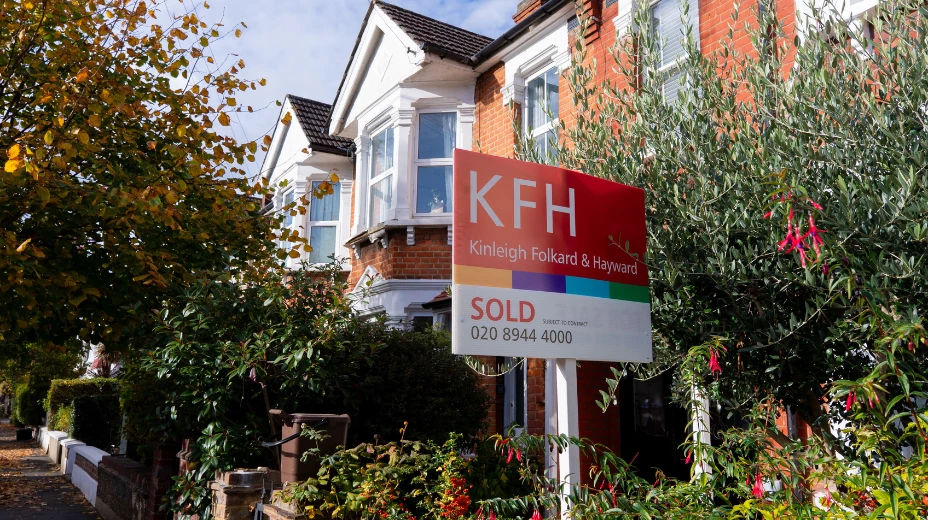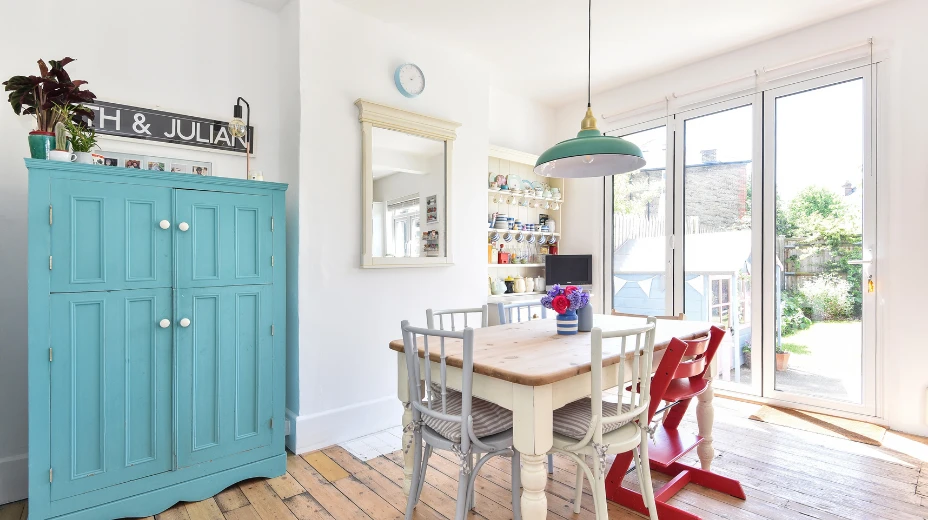Valuing your property

To determine the rental value of a property, it’s essential to understand the local rental market and tenant demand.
Rental income
The London lettings market follows seasonal trends. Peak rental demand typically occurs in spring and summer, while December and January are quieter periods. This means property prices and rental values don’t always align. High-value homes don’t necessarily achieve the highest rent. Rental yield depends on demand, location, and timing.
Most landlords aim for annual rental returns that exceed expenses such as mortgage repayments, letting agent fees, insurance, and maintenance, ensuring a profit. Others may accept lower rental income if they anticipate capital growth and the property’s value increasing over time. In the long term, a combination of rental income and capital appreciation is often achievable, as property values generally trend upward.
Length of tenancy
Short-term lets can be more lucrative but involve higher turnover, more administration, and increased risk of void periods (vacant times with no rent). Longer tenancies reduce this risk and allow for rent reviews within the agreement. Rental figures are usually quoted monthly and collected per calendar month, quarterly, or biannually.
Furnished vs unfurnished
Furnishing doesn’t guarantee higher rental yield, but it influences tenant appeal. Some tenants prefer furnished homes, others unfurnished. Offering flexibility, unfurnished, part-furnished, or fully furnished can widen your audience and help secure tenants faster. Your letting agent can advise on what works best for your target market.
Tax responsibilities
Rental income is subject to income tax, so you must inform HMRC. Seek advice from a qualified accountant or HMRC directly to understand your obligations. If you live outside the UK for more than six months, your agent must deduct Non-Resident Landlord (NRL) tax at source unless you apply for HMRC approval to receive rent without deductions. Use the NRL form on the HMRC website for this process.
Contingency fund
Repairs and maintenance are inevitable. Set aside part of your rental income for unexpected costs and to cover mortgage payments during void periods. This helps avoid financial strain if the property is vacant.
Seek expert advice
Calculating rental yield involves multiple factors such as location, property size, condition, and seasonal demand. Comparing advertised rents helps, but for accurate valuation and maximum return, consult a local expert. Our experienced lettings team offers free, no-obligation rental valuations, considering market trends and property specifics.























































